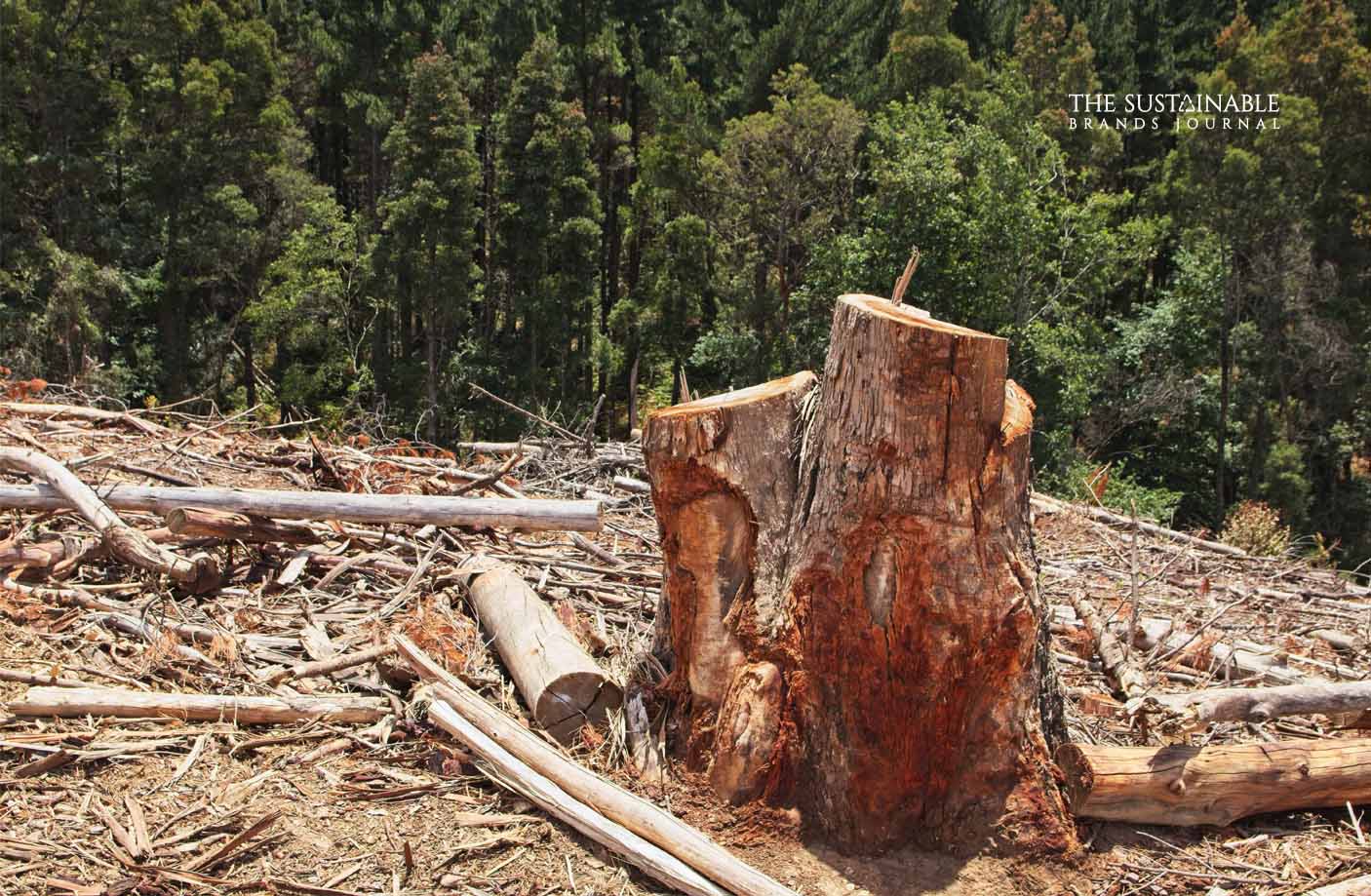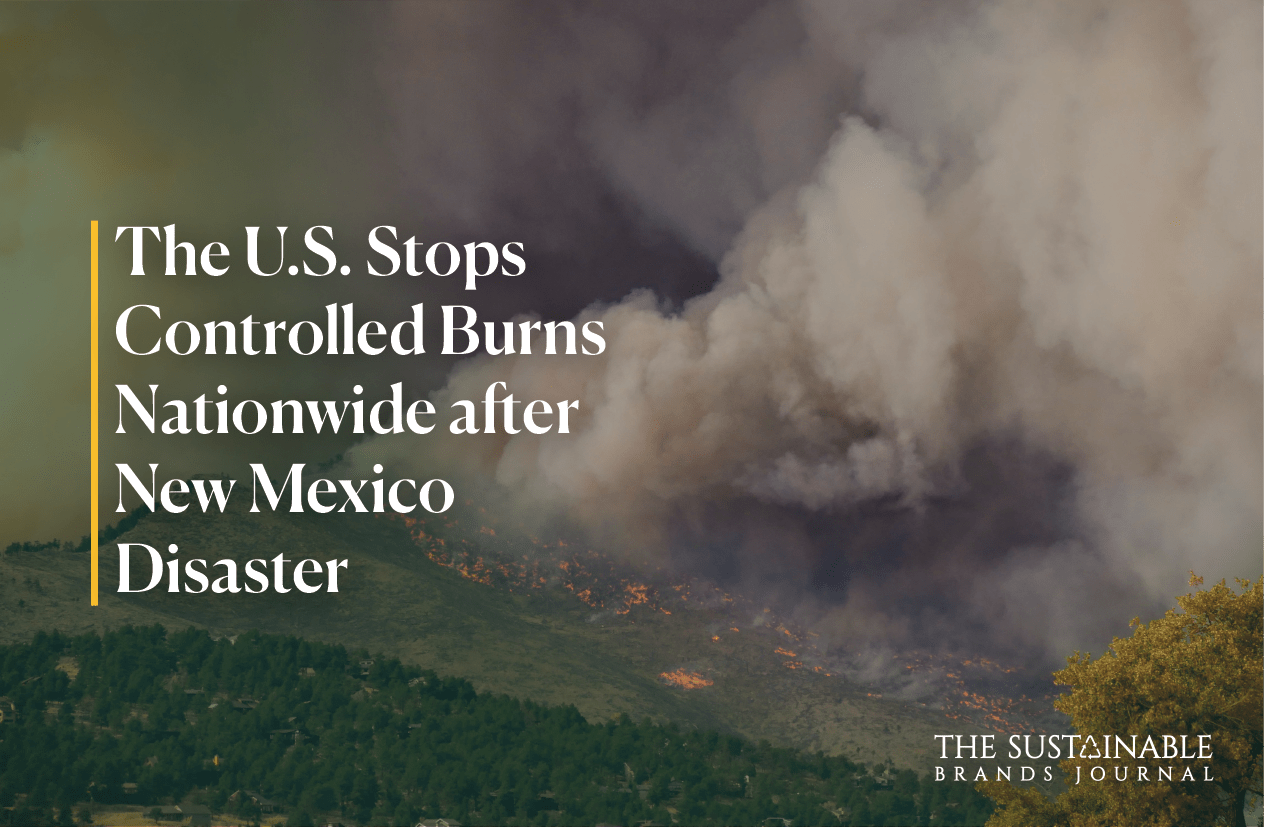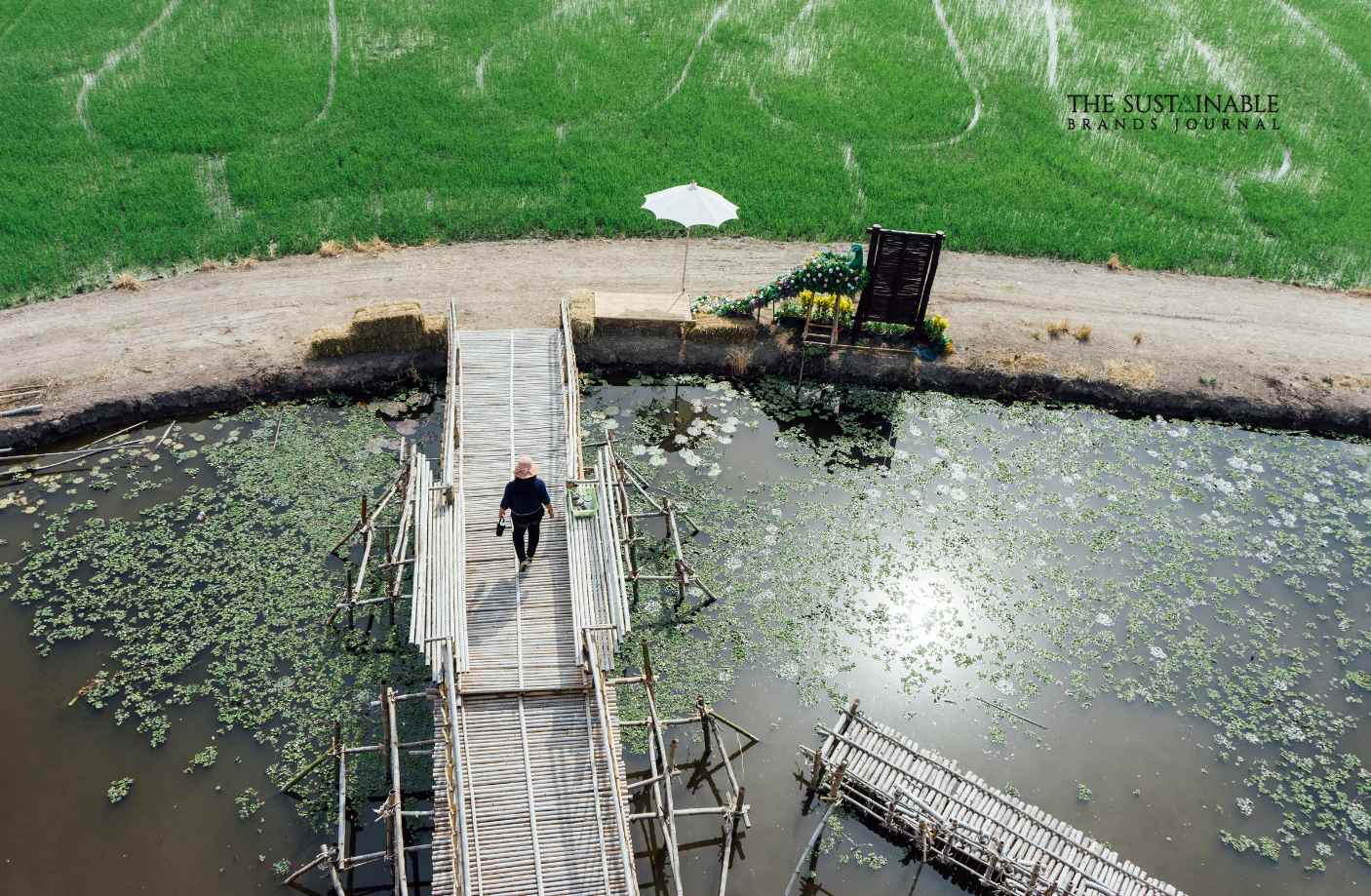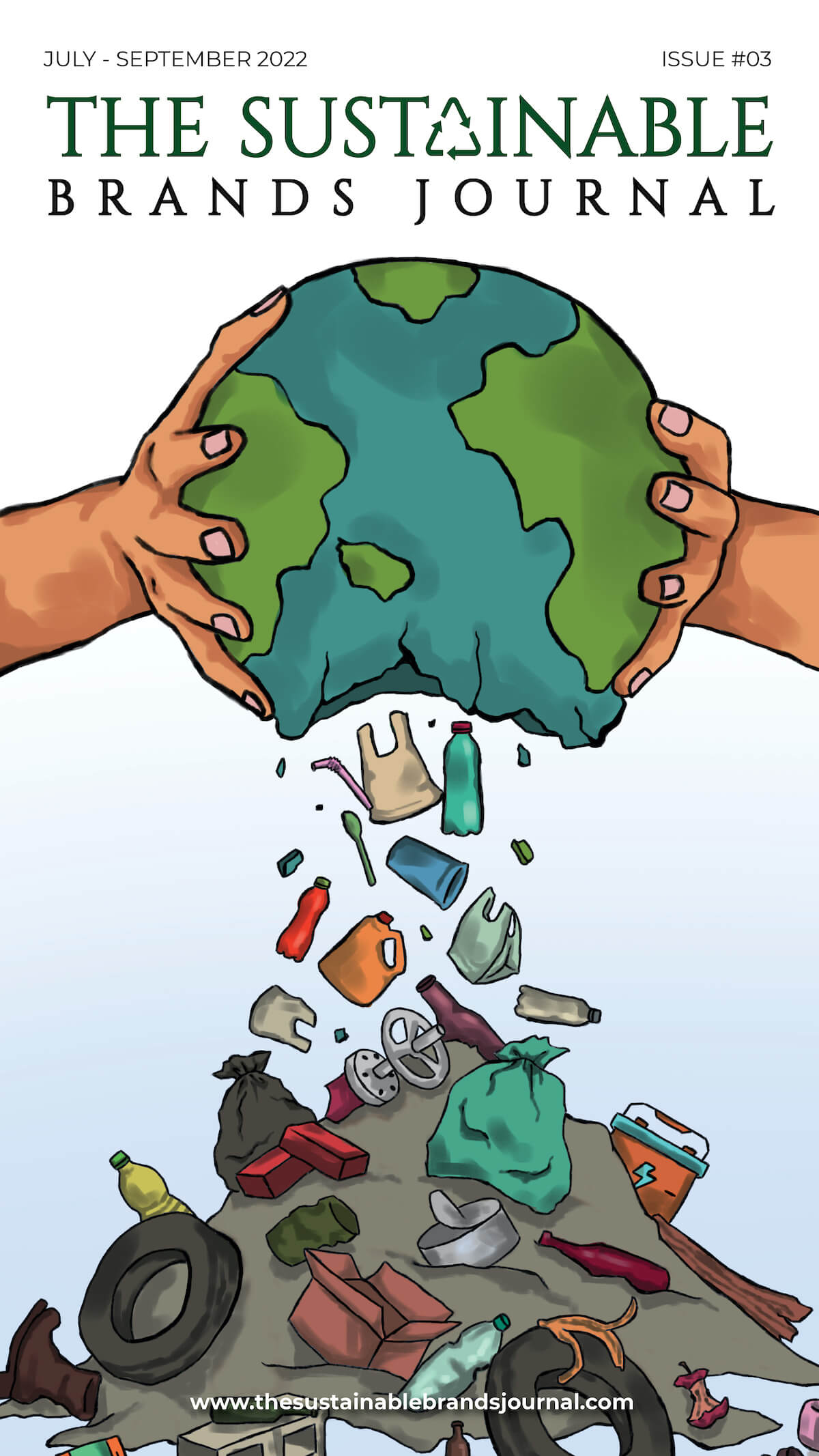
As Large Areas of Brazil’s Atlantic Forest Regenerate, the Gains Don’t Last
Environmental News from the USA:
- A total of 4.47 million hectares (11.05 million acres) of Brazil’s Atlantic Forest has regenerated naturally since 1985, but nearly a third of this area has been cleared again.
- These “ephemeral” forest patches last less than eight years on average, a new study shows, raising concerns about the durability of efforts to recover deforested swaths of the Atlantic Forest.
- Most of the regenerated forests that get cleared lie inside private properties, raising questions about how landowners can be persuaded not to cut this vegetation.
For conservationists working to save the Atlantic Forest in Brazil, a key challenge has been maintaining recovered areas that lie inside private properties. Yet for recovery efforts to be successful, it’s necessary to investigate how long naturally regenerated forests (those recovering without human interference) are surviving.
Scientists now have an answer to that question: less than eight years on average, according to a recent study by a team of Brazilian researchers.
For their analysis, they identified a combined area of 4.47 million hectares (11.05 million acres) of forest that had regenerated throughout Brazil’s Atlantic Forest between 1985 and 2019. They found that about two-thirds of this total, 3.1 million hectares (7.7 million acres), had survived as of 2019. The remaining 1.37 million hectares (3.39 million acres) of regenerated forest were cut by landowners after four to eight years. These patches of forest survived for an average of just 7.9 years — a relatively fleeting period that the researchers called “ephemeral forest regeneration.”
Source: Reuters





